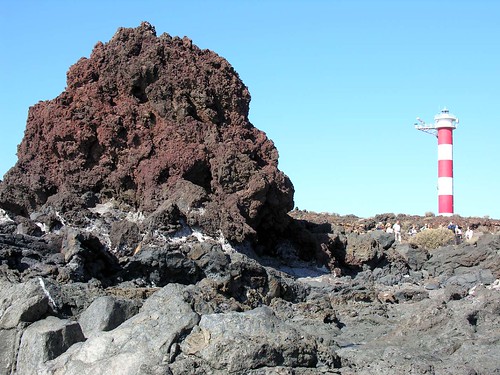
Soaking up the sun on Las Vistas beach in Los Cristianos it’s easy to see the distinctive candy striped lighthouse across the water, it’s a modern guardian looking over an ancient and fascinating protected area of Tenerife. Having enjoyed the first of Arona councils new batch of free guided walks I thought I would sign up for the last one of January, Malpais de Rasca.
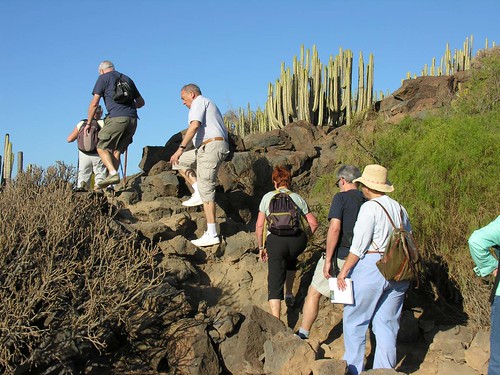

Our group met up at Las Galletas at 9 am just as the unusually cold dawn transformed into a clear blue sky day, this time there were 16 of us including our guide Virginia, a good sign that the walks were gaining interest. Leaving the busy main road to Las Galletas behind a few strides opened up a well marked path to the rugged coast as we threaded our way through large clumps of cactus and tabaiba plants. Nature’s handywork in the twisted and sea sculpted outcrops of rock provided new delights with every step. The receeding tide had left a treasure trove of rock pools, I couldn’t resist checking out a few of them for signs of life but apart from a few scuttling crabs they were empty and sparkling as the waves lapped gently.
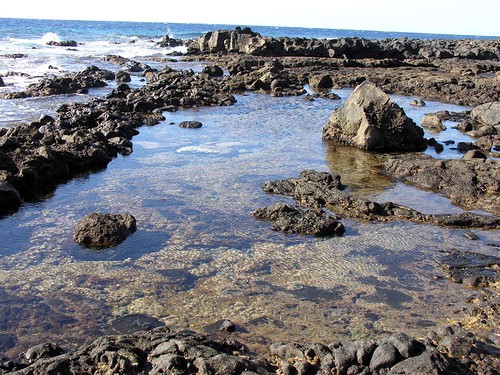
Passing the banana plantations we left the concrete walkway and entered the protected area of Malpais de Rasca as the lighthouse grew larger in our sights. Natural salt pools left by the sea were once used to soak gofio, one of the basic cereals that has been such a staple diet across the Canary Islands, the amarga tabaiba plant with its bitter toxic quality was also used to sedate fish in the larger pools. Taking a slightly steeper climb we crested a hill and got a good close up eyeful of the Rasca lighthouse.
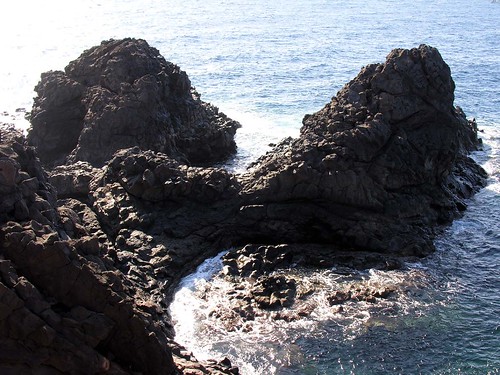

Bagging is the name adopted by lighthouse spotters or if you want to be more scientific pharology is a better word, either way it was a double treat as the tall automatic red and white beacon built in 1978 sits alongside the original squat lighthouse building that dates back to 1898. The days when a family lived in the old house are long gone and the newer structure was receiving a generous cleaning spraying of water from the top balcony and from ground level. We rested and scoffed at this point, it proved to be a busy midway point for other walkers coming from Palm Mar and the modern road out to the road that links Las Galletas to the motorway.
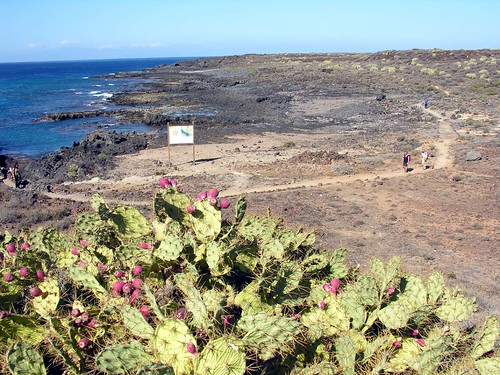
Walking down onto the flatter area beyond we were able to see the remains of some old stone dwellings from the time when this was a well populated area. The closeness to the sea and farming of cereals and tomotoes made this an important part of the south. The morning was wearing on and the trickle of other walkers had grown to a flood, our destination was not right through but back to our start point via a slightly different inland route – or that was the plan.

Veering off from the modern road we headed across country to the point where the old fincas (farms) were abandoned and the walls fallen allowing access to El Fraile. It was at this point we discovered that a 20 metre high chainlink fence had been put up alongside the banana plantation sealing us in. Heading up towards the passing traffic on the main road we found a series of large gates firmly locked. Some of our more mature walkers showed remarkable agility in climbing a gate but luckily a few of the others found a loose flap of fence further along that we could squeeze through. Luckily we didn’t have to explain our breakout to any passing police, it added about 45 minutes to make the walk nearly five hours but the adventurous finish merely added a little spice to a very enjoyable excursion.